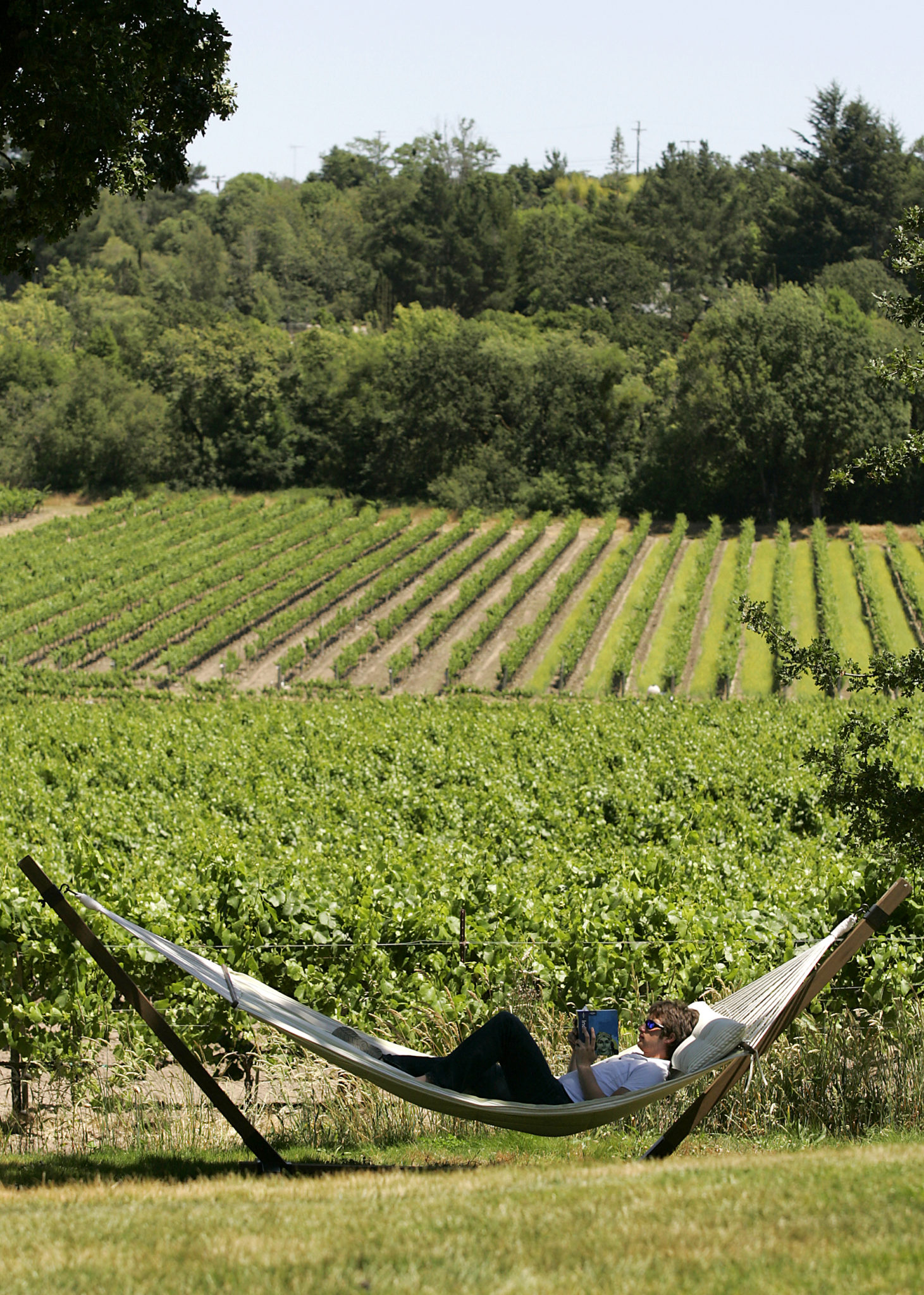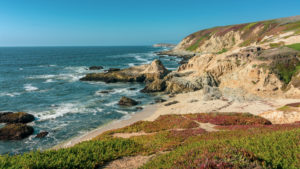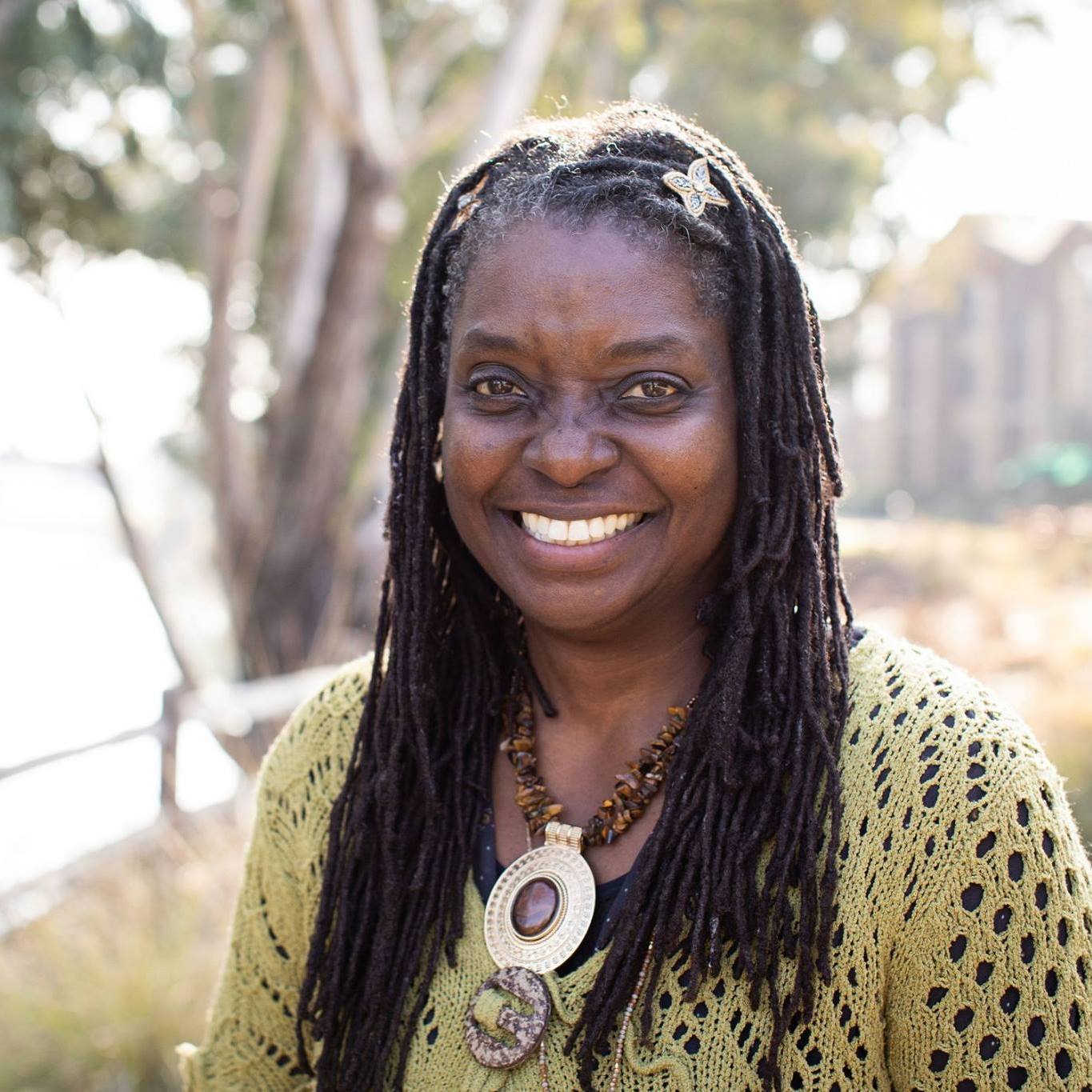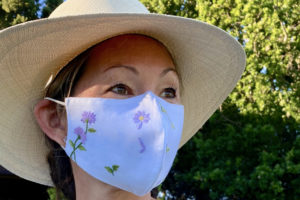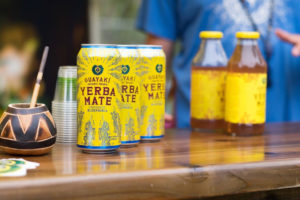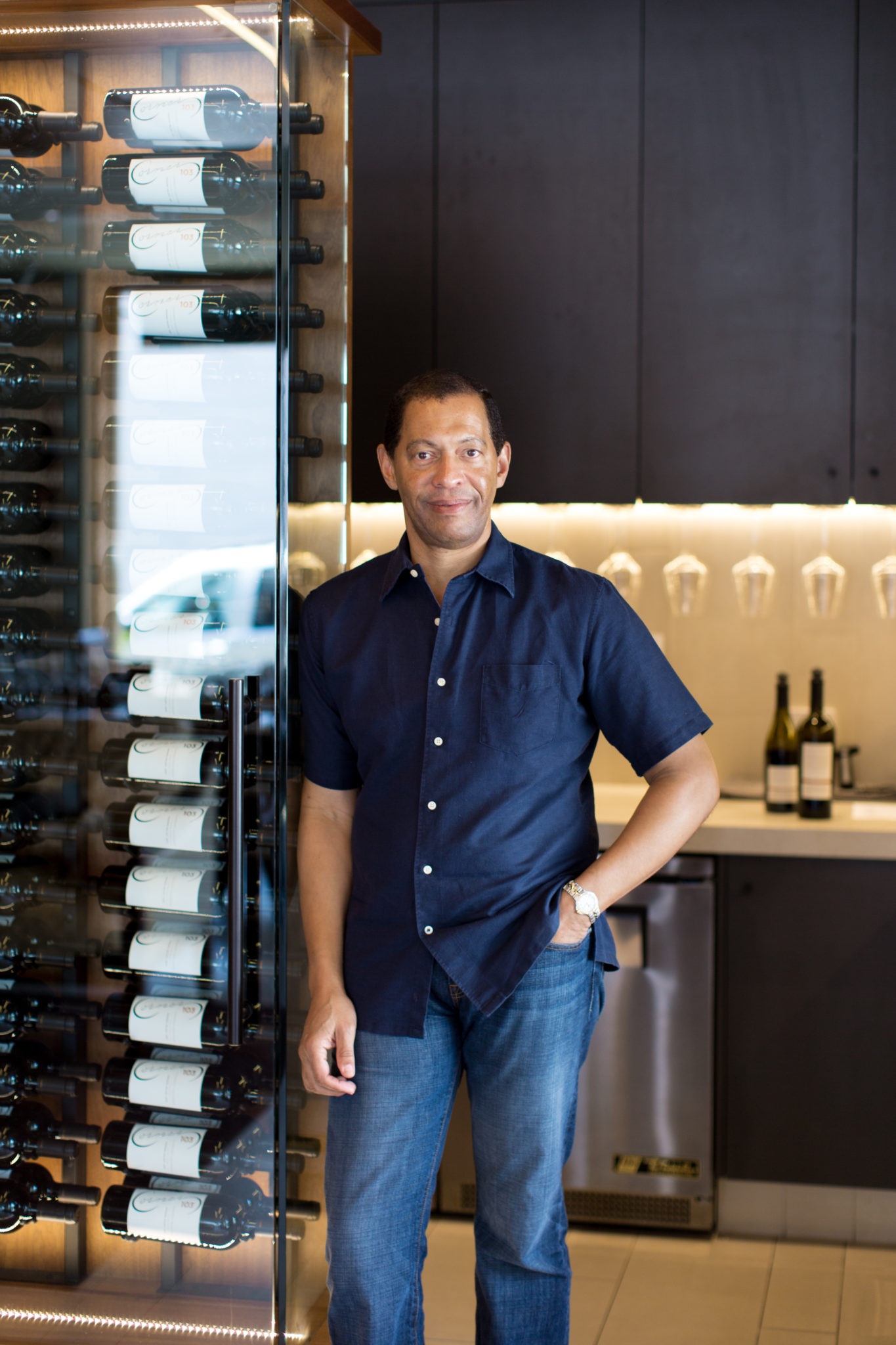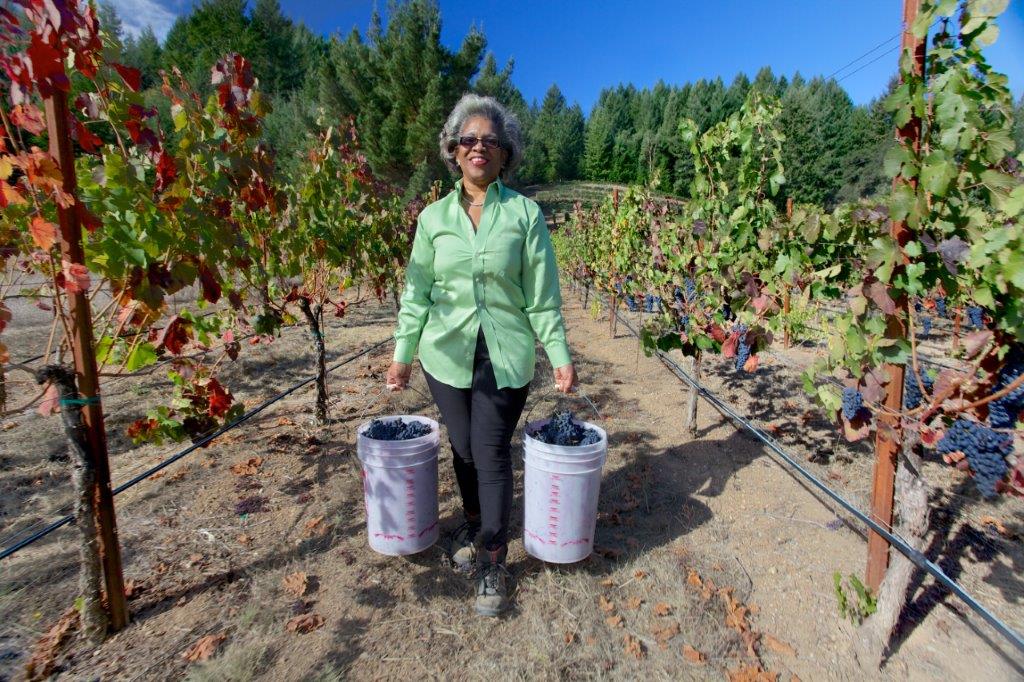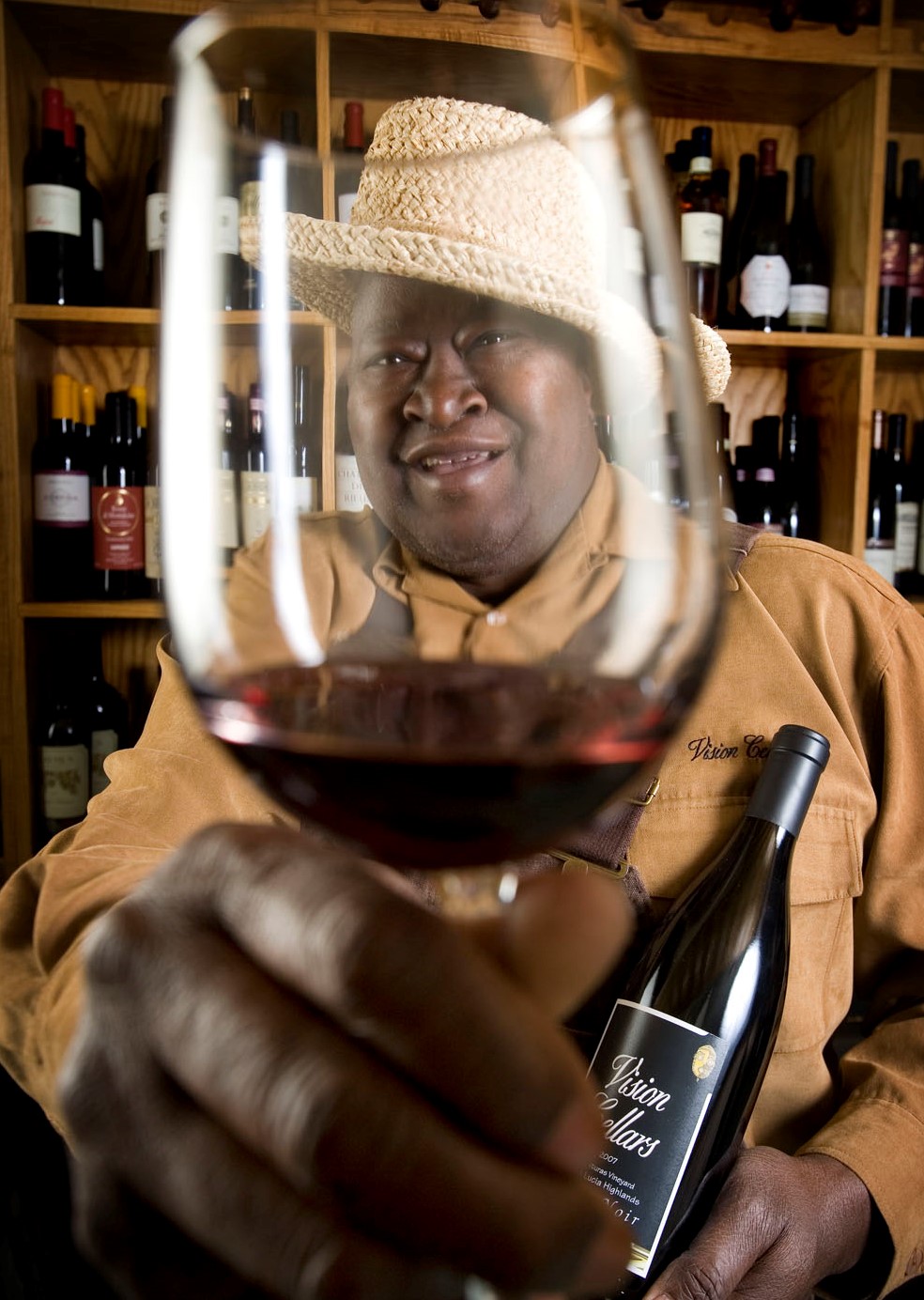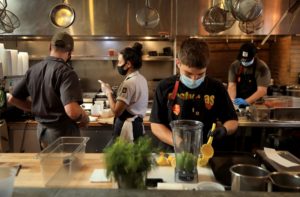Don’t you need a break? We couldn’t be more ready for summer this year. Lucky for us, we’re easing into a boatload of ideas that keep us cool
and close to home.
Headed anywhere far this summer? Yeah, neither are we. But living here in Sonoma we’ve got plenty of perks, from our prime foodie culture, to our unparalleled access to trails and beaches, to the riches in our own gardens. We may not be hopping on a plane, or even driving to the Sierra in large numbers as we normally would, but this is an excellent time to remember the dozens of ways to find that breezy summer spirit right where we are.
One thing we’ve learned putting this package together: It’s the people of Sonoma who are making this summer a good one, no matter what the pandemic has in store. It’s our local baseball team, our river outfitters and bike mechanics, our chefs and ice-cream makers — even a 12-year-old monster truck driver — who make summer what it is in this terrific place. We’re glad to call these folks our neighbors and our friends.
By the team of Heather Irwin, Michele Anna Jordan, Maci Martell, Megan McCrea, Derek Moore, Linda Murphy, Abigail Peterson, Nate Seltenrich, and Dan Taylor.
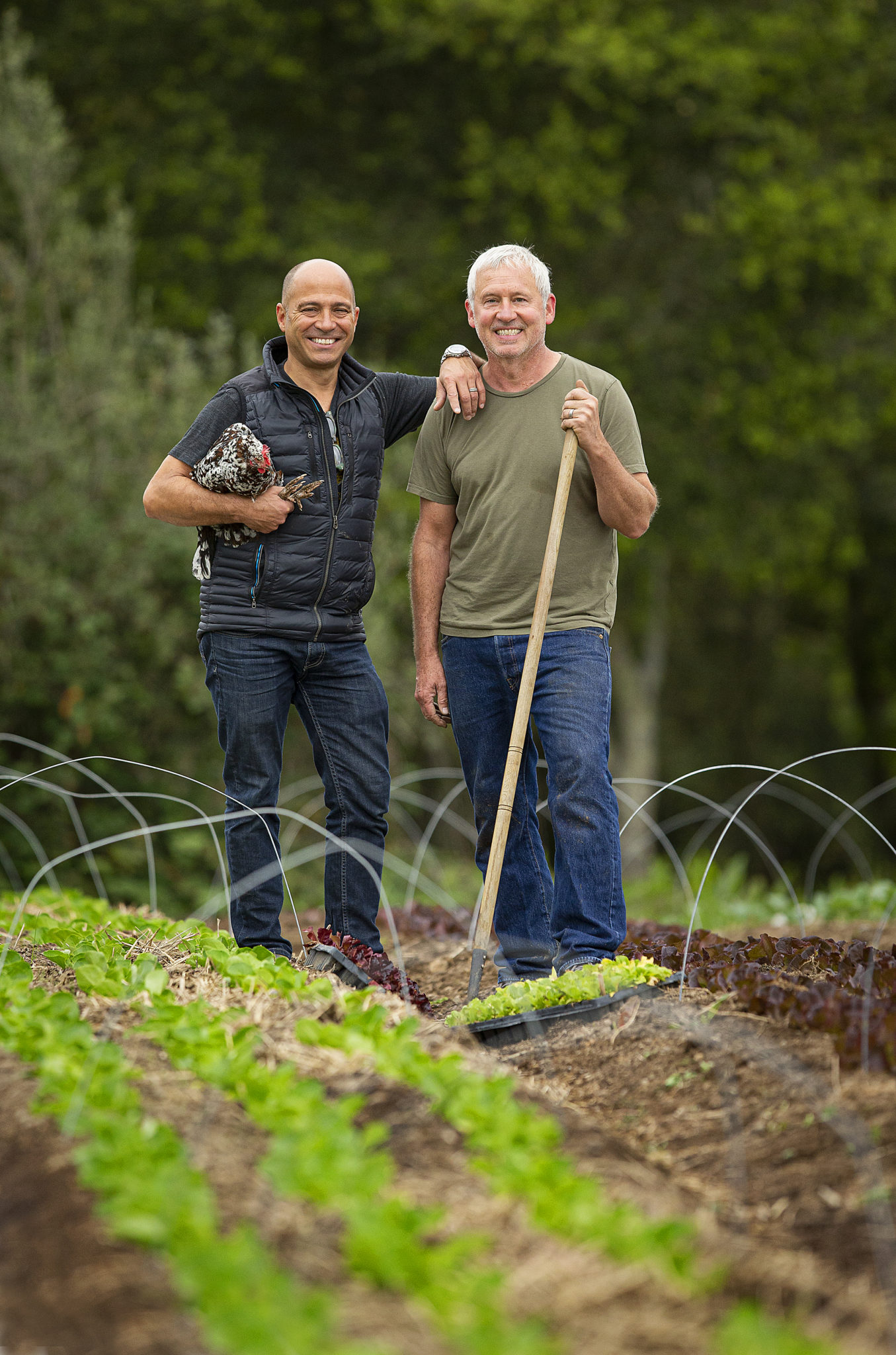
Good News
Healdsburg’s five-acre Farm to Fight Hunger, started by two locals who simply wanted to make a difference by feeding others, is growing strong, with tomatoes, eggplants, peppers, and dozens of farm eggs all donated to area nonprofits. To help: farmtofighthunger.org.
Baseball Days
Zack Pace, 35, is the field manager for the Sonoma Stompers, an independent professional baseball team that typically plays a 78-game schedule from June to August.
“Summer’s my favorite time of year,” he says. “I feel like I hibernate all winter and wait for summer to pop out so we can play baseball again.” Plans for a revised season are yet to fully take shape, but Pace is taking it all in stride: “When you coach, you can only control what you can control.” Until he’s back at Arnold Field, he’s keeping his Forestville backyard in tip-top shape. “My yard is nice and groomed. I have to find some way to get that fix in.” stompersbaseball.com.
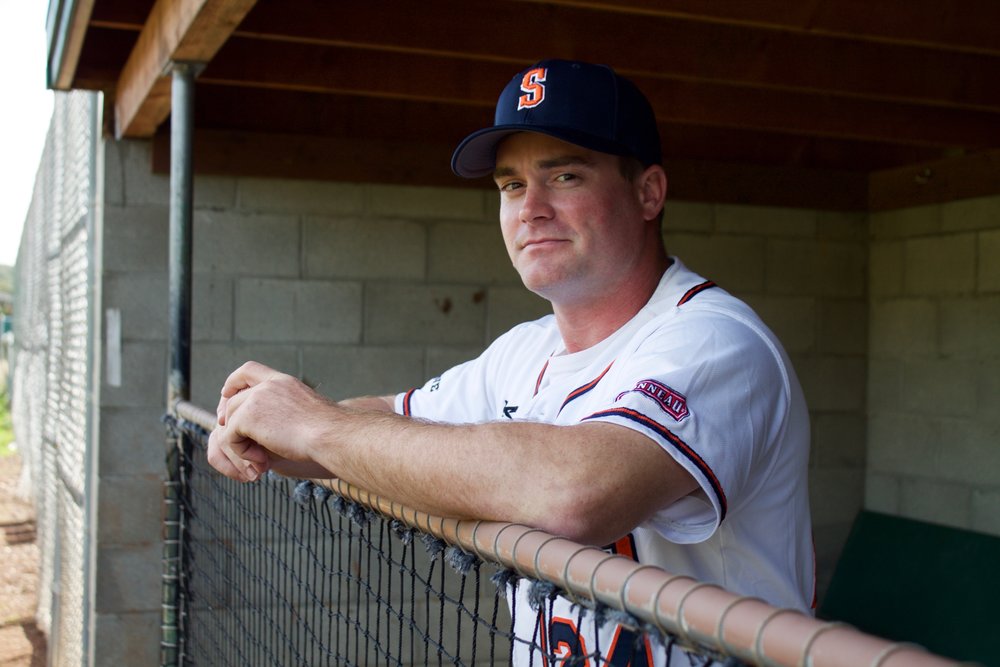
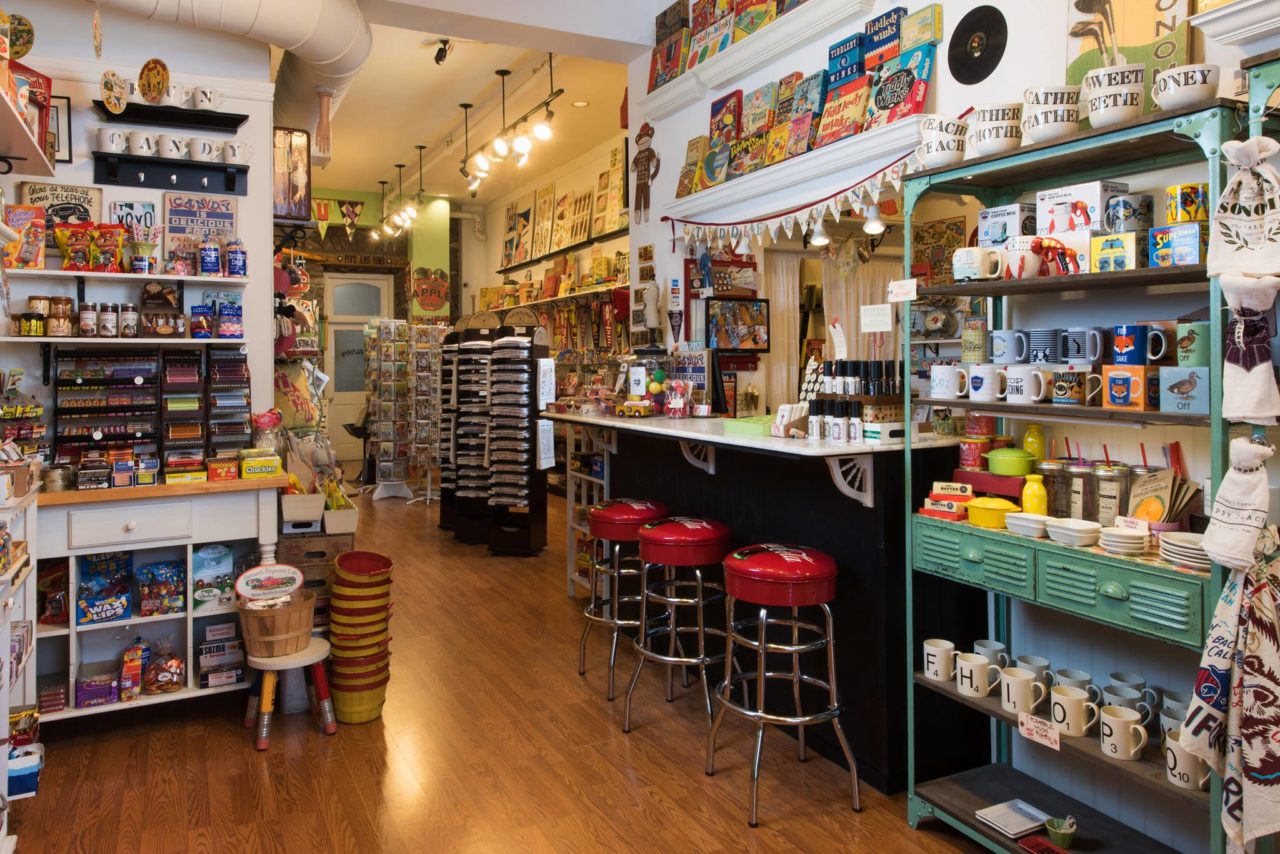
Old-School Five-and-Dimes
Retro is fresh! Three favorites complete with that cheery, you-never-know-what-you’ll-find spirit:
• Tiddle E. Winks, 115 E. Napa St., Sonoma
• Sunnyside Cottage, 599 Montecito Center, Rincon Valley
• Guerneville 5 & 10, 16252 Main St., Guerneville
Cast Away
Fly fishing is having a moment in our socially distant times. The whole point is to seek out your own waters, finding a solitary zen in the whip of line and fly. Develop skills at the little-known fly-casting pond at Galvin Park in Bennett Valley, where the Russian River Fly Fishers hope to offer their free casting clinics again soon. rrflyfisher.org
Creek Retreat
Cool, dappled light. Bugs and birds and trickling water. The feeling of being away from it all. Sonoma’s smaller waterways are oases of calm and likely less crowded than most Russian River beaches. Wade in one near you.
Sonoma Creek: Glen Ellen, Kenwood
Dry Creek: Healdsburg
Mark West Creek: Windsor, Santa Rosa
Austin Creek: Cazadero
Green Valley Creek: Forestville
Crane Creek: Rohnert Park
Hunter Creek: Santa Rosa
Laguna de Santa Rosa: Santa Rosa
Adobe Creek: Petaluma
Brush Creek: Santa Rosa
Blucher Creek: Sebastopol
Lichau Creek: Penngrove

![[Laguna de Santa Rosa] PC: A late season cold front passes over the Laguna de Santa Rosa, Wednesday June 25, 2014. Spring growth behind, summer colors of native and non native plants grow in the summer heat. (Kent Porter / Press Democrat) 2014](https://www.sonomamag.com/wp-content/uploads/2020/07/kp0626_Laguna_field-scaled.jpg)
Ultimate Tastes of Summer
Halo Halo at Tambayan
This traditional Filipino dessert is a hodgepodge of crushed ice, evaporated milk, coconut strips, sweet beans, gelatin and a scoop of purple yam ice. Dive in and stay cool.
The Big BBQ Dinner at Sweet T’s
A whole lotta Southern yum that includes a rack and a half of ribs, a pound of brisket, chicken or pork, two sides, and eight biscuits.
Lagunitas beer float
Not a root beer float, but a beer beer float — because in a county loaded with craft breweries, that’s how we roll. Just float a scoop of vanilla ice cream in a pint of Lagunitas Imperial Stout for a dense, chocolatey, boozy hit. Bonus points for serving in a frosty glass straight from the freezer.
Fresh Mozzarella and Salumi Platter at Rustic, Francis Ford Coppola Winery
Partially just for the amazing view of the valley with a nice bottle of vino, partially because what’s better in the summer than a light picnic of meat and cheese?

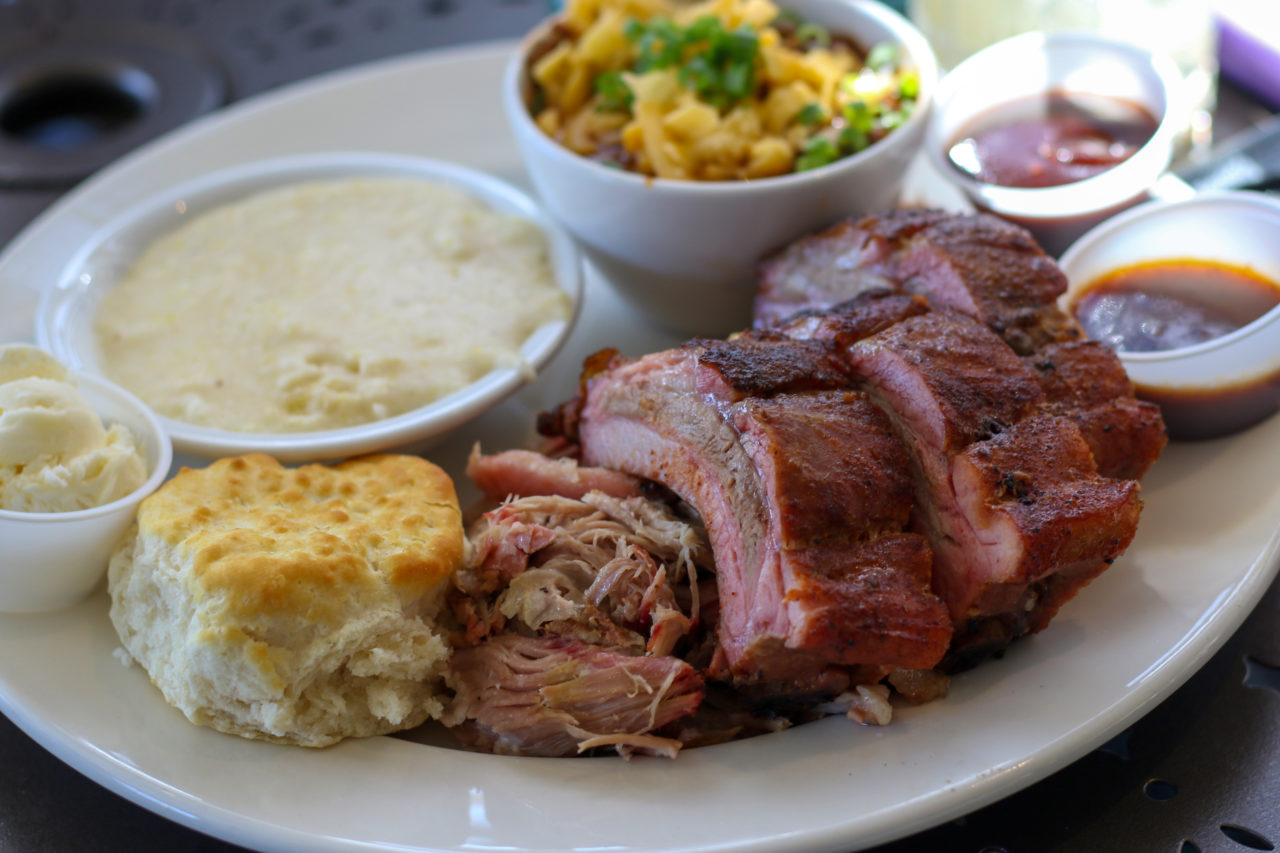
Fireworks of Fennel
The golden bursts of wild fennel are a welcome sight when so many other wildflower blooms have withered away. Make like the fancy chefs do and collect the plant’s pollen to sprinkle over grilled veggies or mix into spice rubs for a delicate, licoricelemon crunch.
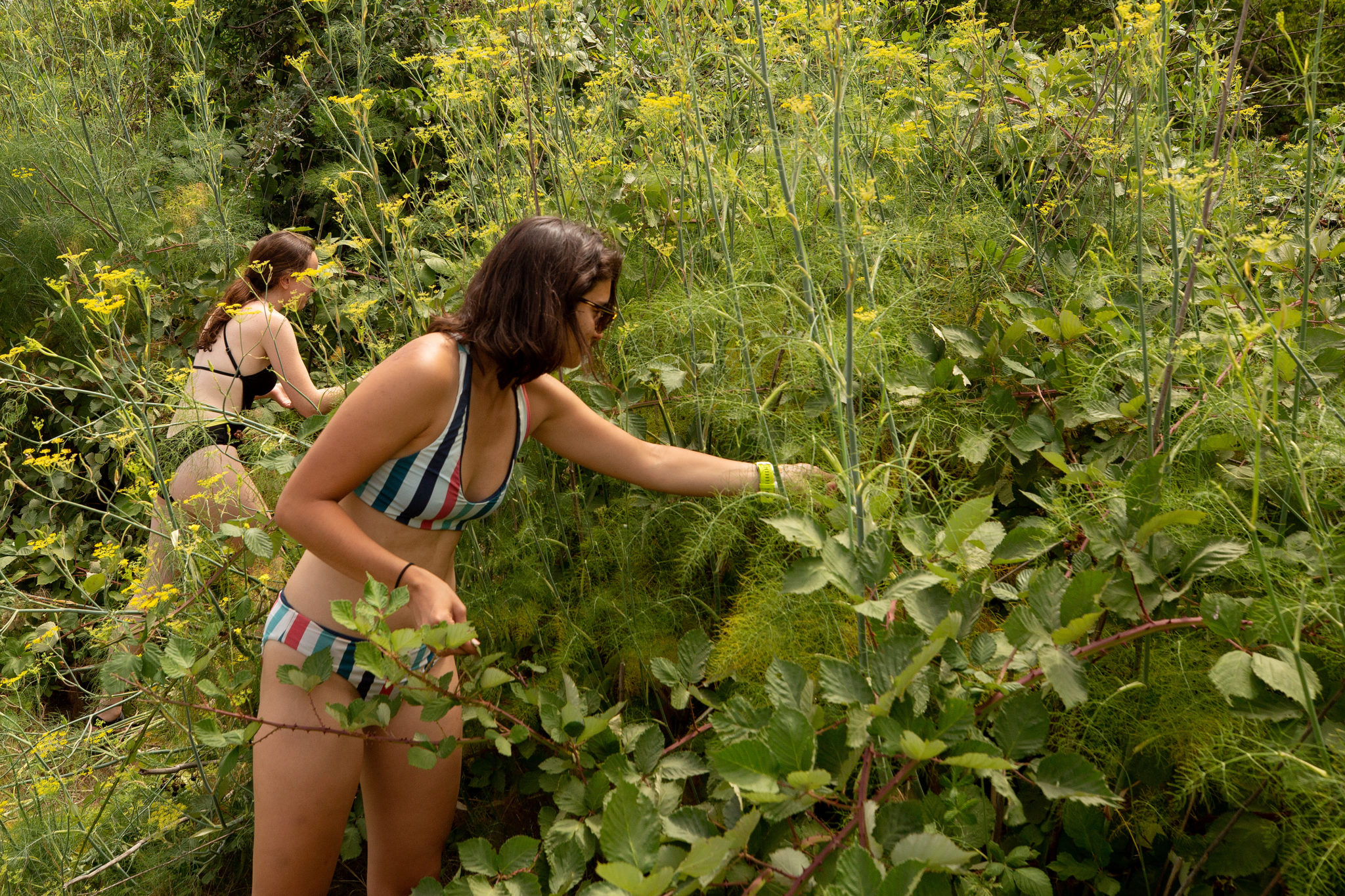
Drink a Different Rosé
All due respect to Pinot Noir and Grenache—but winemakers can make rosé from any red grape, and Sonoma has other interesting options for these once-in-a-lifetime times. Try Pedroncelli Winery’s juicy Zinfandel-based 2019 Signature Selection Dry Creek Valley Rosé ($17), or Three Sticks Winery’s 2019 Castenada Sonoma Coast Rosé ($45), from Marsanne, Grenache Blanc, Viognier, Syrah, and Grenache Noir. And the Cyndi Lauper “She’s So Unusual’ award goes to the rose-petal aromas and cherry-raspberry deliciousness of Imagery Estate Winery 2019 Serres Ranch Sonoma Valley Aleatico Rosé ($27).
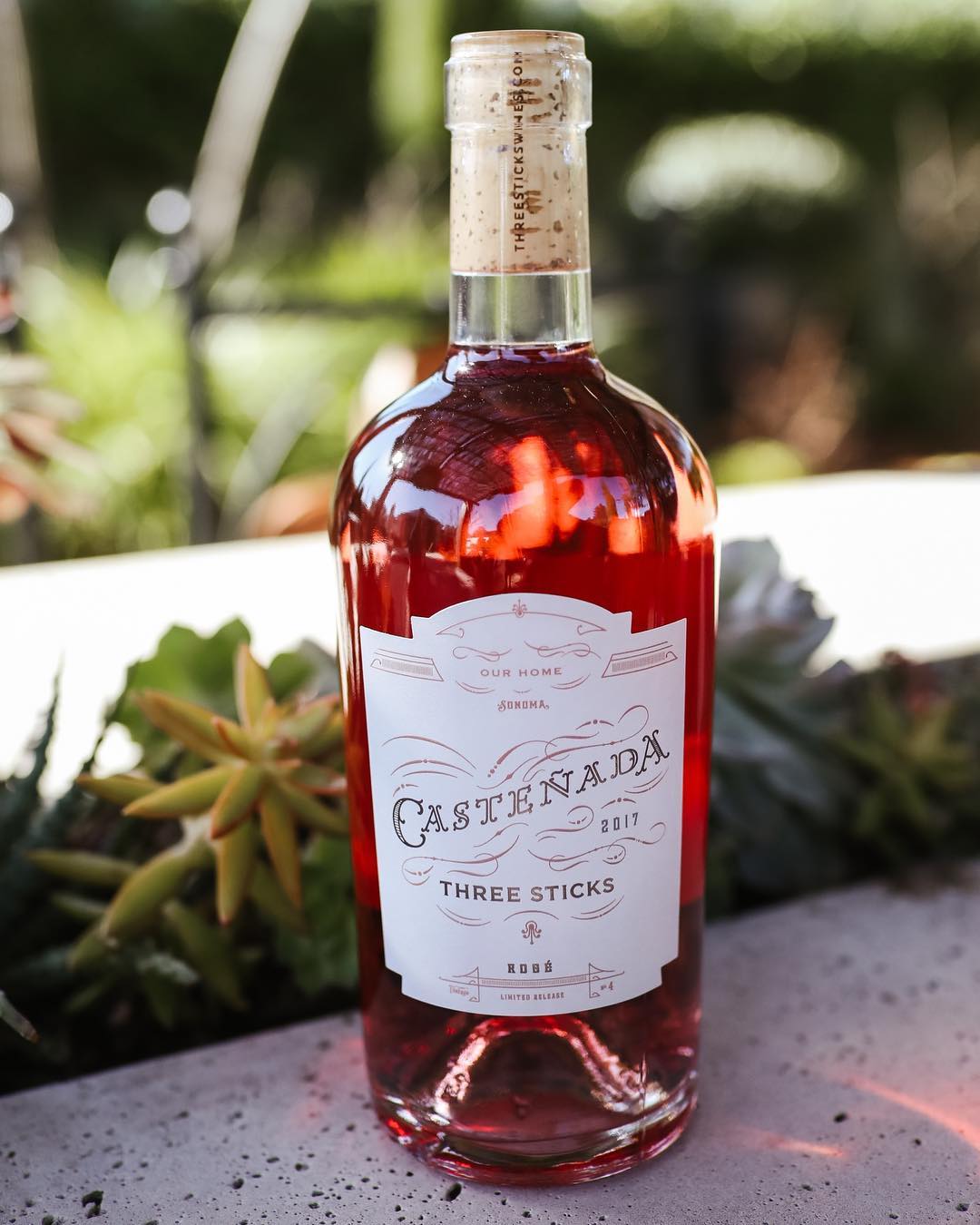
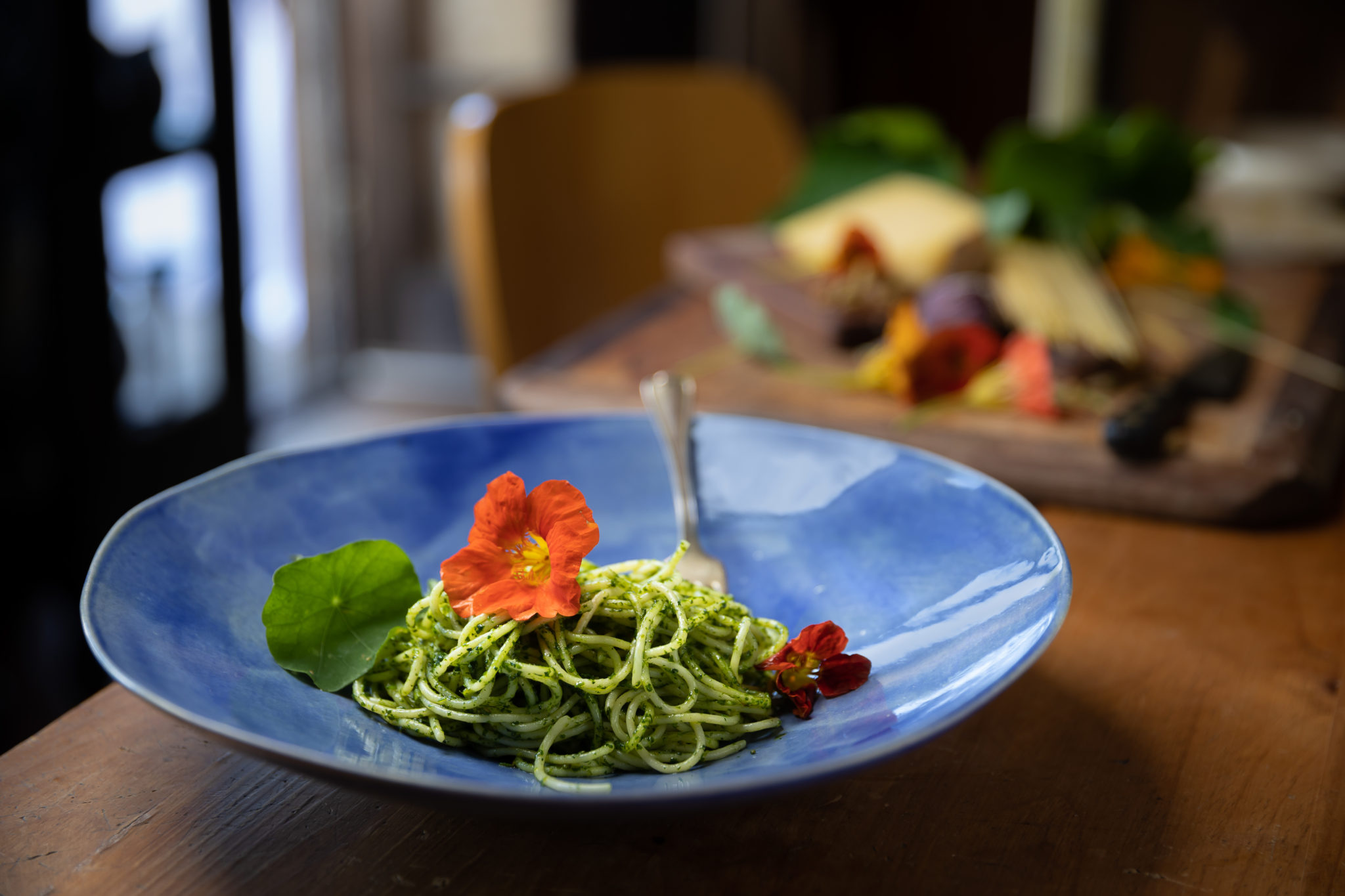
Nasturtium Pesto Pasta
The leaves’ peppery tang makes for an excellent version of this favorite summer pasta.
1 clove garlic
2 tablespoons roasted pistachios
2 packed cups nasturtium greens
6 tablespoons extra-virgin olive oil
1/2 cup grated Vella Dry Jack or Estero Gold cheese
8 ounces cooked spaghetti or linguine Kosher salt to taste Fresh nasturtium flowers and small leaves for garnish Put garlic and pistachios in a blender or food processor and pulse to combine.
Add the packed nasturtium leaves and grated cheese and process. While processing, add the olive oil in a steady stream just until a coarse puree forms.
Season to taste with salt. Toss pesto with cooked pasta and garnish with nasturtium leaves and flowers.

Beer Gardens
These favorite outdoor watering holes are a safer choice this summer when temps are soaring.
• Brewsters Beer Garden, Petaluma
• Hopmonk Tavern, Sonoma and Sebastopol
• The Wurst, Healdsburg
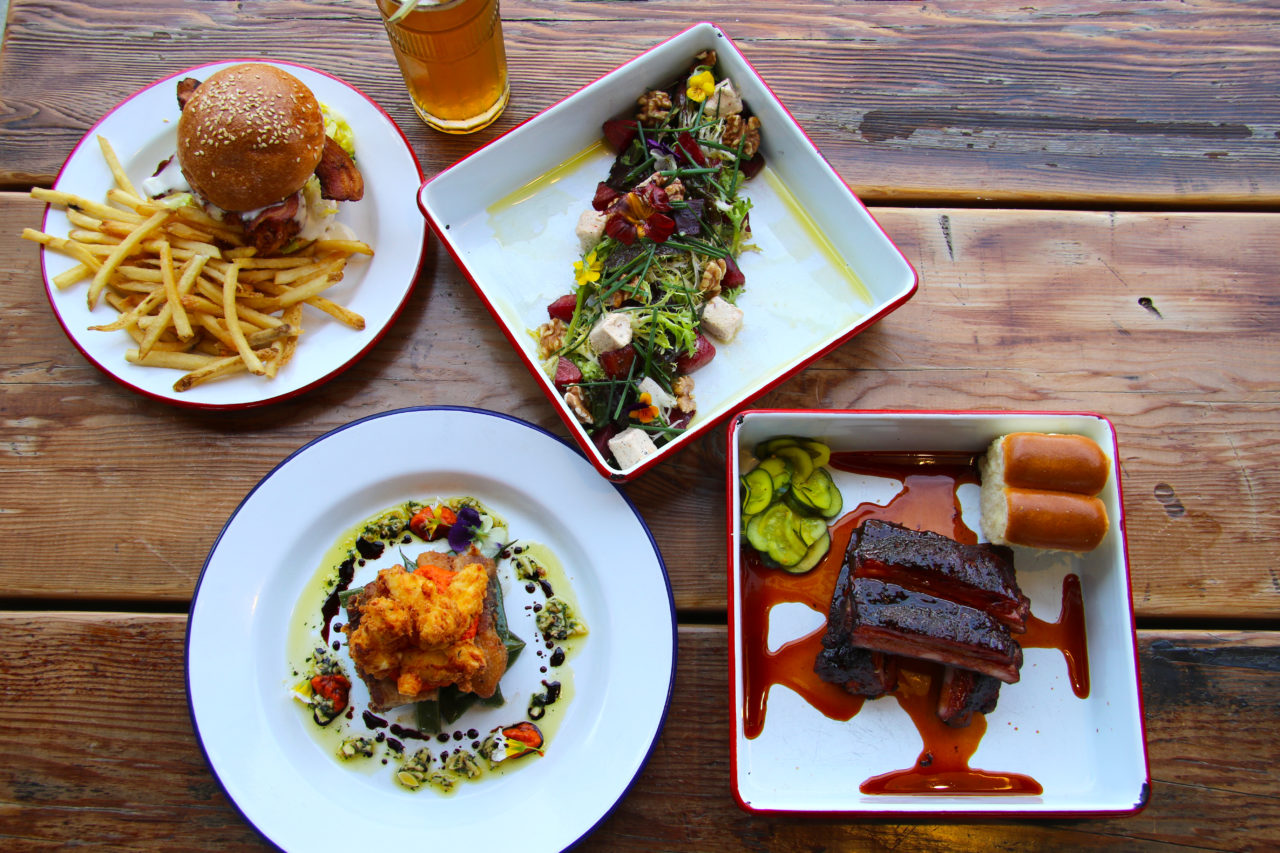
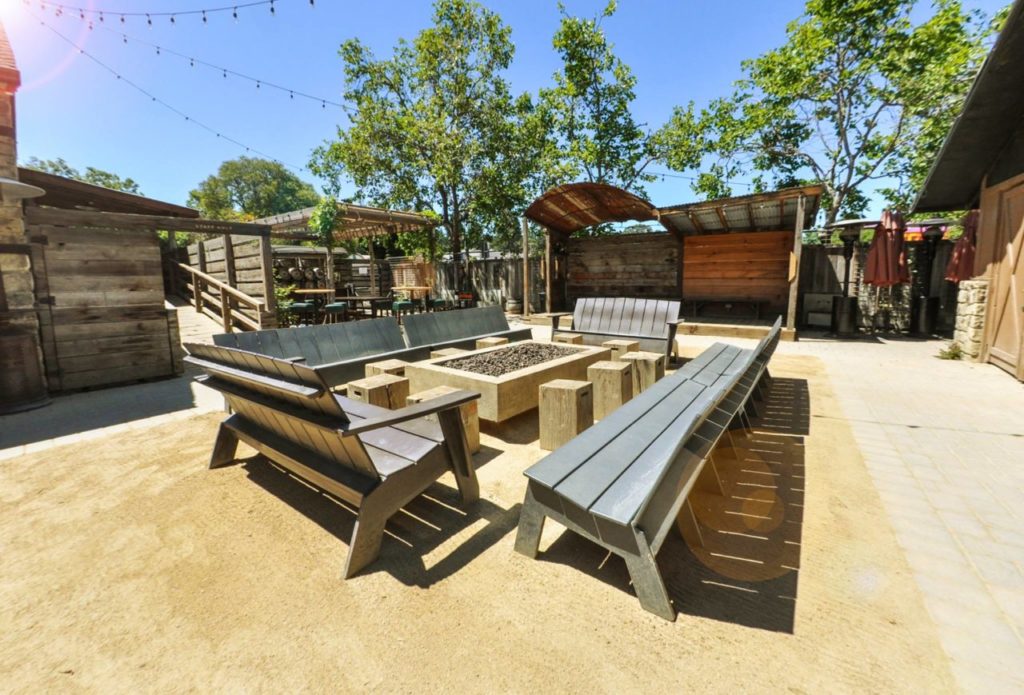
Hawaii Spirit
Strum a summer tune on a ukulele from Petaluma’s Kala Brand Music Co. It’s one of the best-known producers of the happy instrument, with over 50 different ukes to choose from. The website even has a tutorial for “Somewhere Over the Rainbow.” kalabrand.com

Farm Stands Worth the Drive
The pull of fresh produce is even stronger this summer, when so many of our social activities center around our vehicles. Here are three favorite farm stands that make the journey part of the destination. farmtrails.org
- Philo Apple Farm, Philo: A twisting Alexander Valley road leads to heirloom apples.
- Green String Farm, Petaluma: After excellent produce, explore the Petaluma Adobe.
- The Red Barn, Glen Ellen: Wind past valley vineyards to load up on organic veggies.
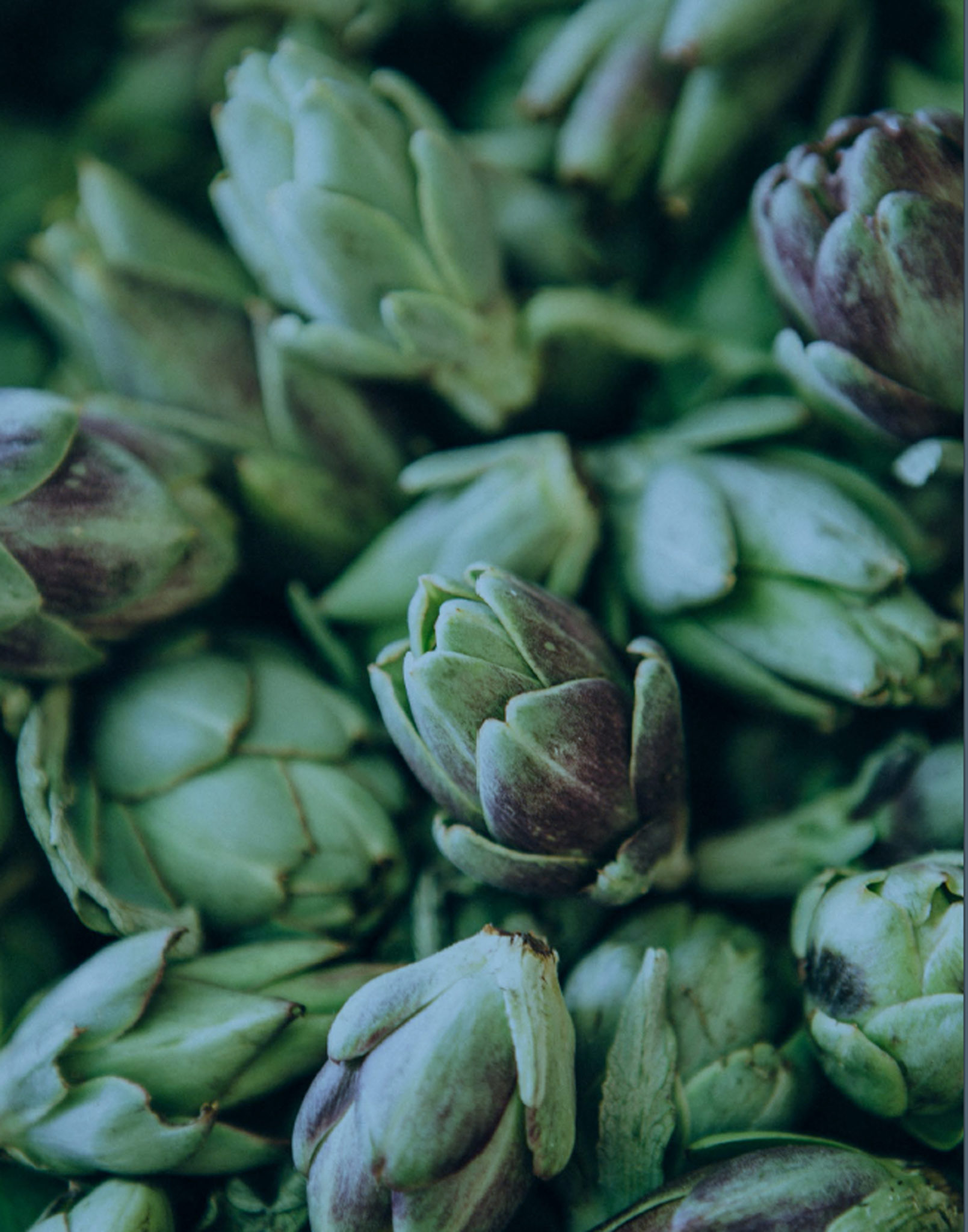
Take Better Photos
For professional photographers like Sonoma’s Jason Tinacci, summer is one of the best times of the year for capturing life through a lens. Longer days mean more light to work with. Tinacci recommends getting out in early morning or evening for the softest light. It’s generally best to keep the sun at your back, but don’t be afraid to experiment. “I love sun flare,” he says. A portable tripod, such as one of the styles made by Joby, can come in handy for self-portraits, especially when handing a phone or camera to someone else isn’t an option. Tinacci prefers smaller, mirrorless cameras to packing his big guns for casual summer shoots. And, he says, he only has to walk outside his door for a world of potential subjects.
https://www.instagram.com/p/CCqkR7XFoQ2/?utm_source=ig_web_copy_link
Fresh Hops
Hops were once a staple crop in Sonoma, and they’re making a comeback thanks to the NorCal Hop Growers Alliance, which works to increase the market and develop farming best practices. Craft breweries clamor for the product, saying fresh hops give the beer a different flavor than ones that have been dried in kilns to use year-round. The hop season runs late July through August; try fresh hop beers at Fogbelt Brewing Company. norcalhopgrowersalliance.org
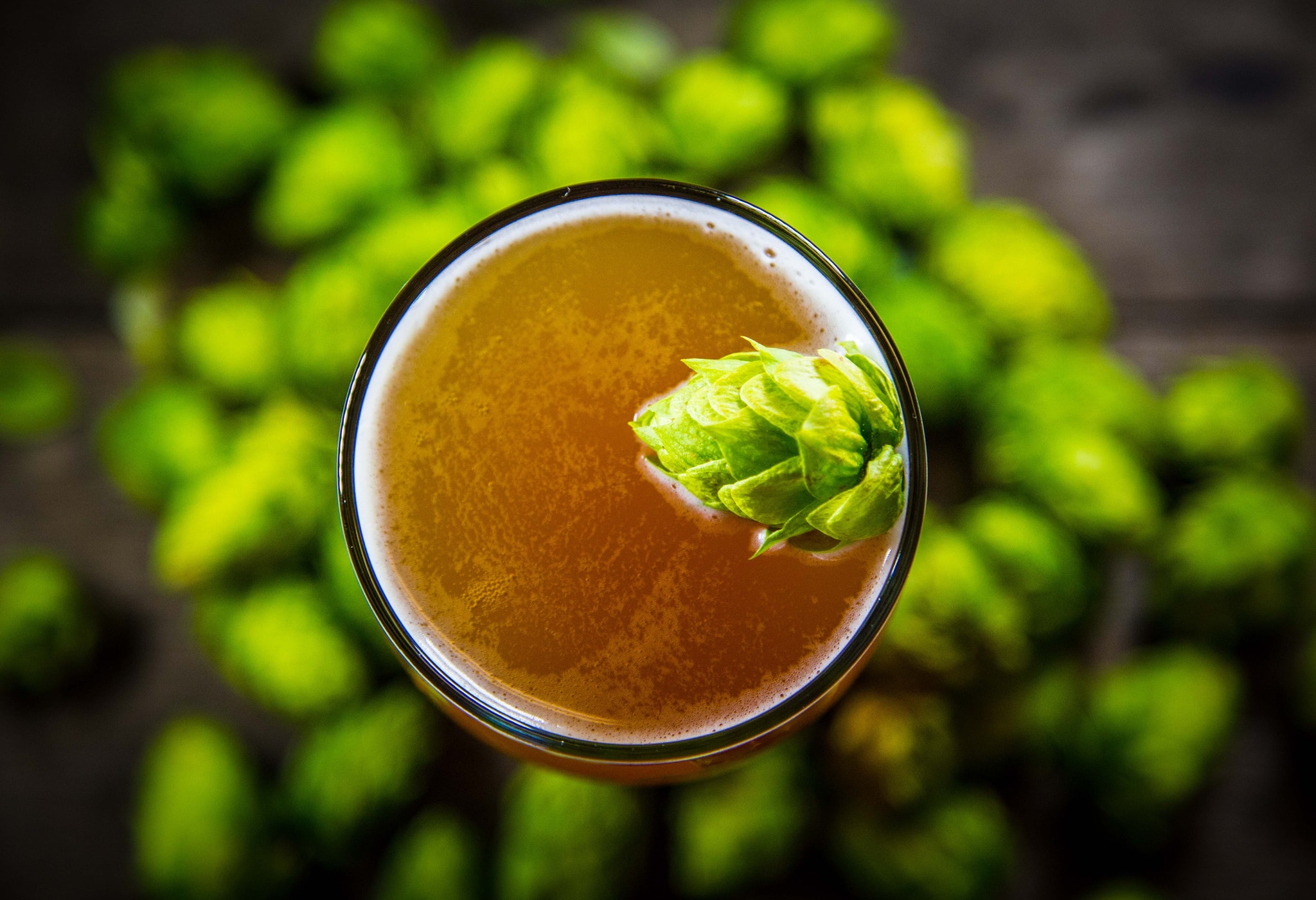
Screen Sensations
There’s no doubt about it: Hollywood loves Sonoma County. Spend an afternoon spoofing a favorite flick on your phone, or simply reacquaint yourself with a classic.
Polish your faux-British accent with the 2008 dramedy Bottle Shock, a semi-fictionalized look at the 1976 Judgment of Paris. Draw straws for who gets Alan Rickman’s scene-stealing role.
Step into Hitchcock’s shoes with your version of The Birds. Call in your art team (that’s you, kids!) for bird puppets or a painted backdrop of the moody Bodega coast.
Shoot long, lingering takes of your dog running through a field with the only ’70s film in the Lassie oeuvre, The Magic of Lassie.
Pedal On
Shane Bresnyan, 44, is the lead bike mechanic for Santa Rosa’s Trail House, a combination bike shop, bar, and café that’s a popular meeting spot for mountain bikers coming off connecting trails in nearby Trione-Annadel and Howarth parks. He says more people are riding bikes this summer than ever before because of what’s happening with the coronavirus. “You know it’s summer when our service schedule is booked out a week to two weeks in advance. You’re replacing tires, chains, brakes, and cables as fast as you can.”
Bresnyan’s favorite ride is the Lawndale Trail at Trione-Annadel State Park. “It’s a really dynamic trail that goes through all the woodlands we have in Sonoma County. It’s also kind of a hidden gem. It’s on the backside of the park so it takes some effort to get there.”
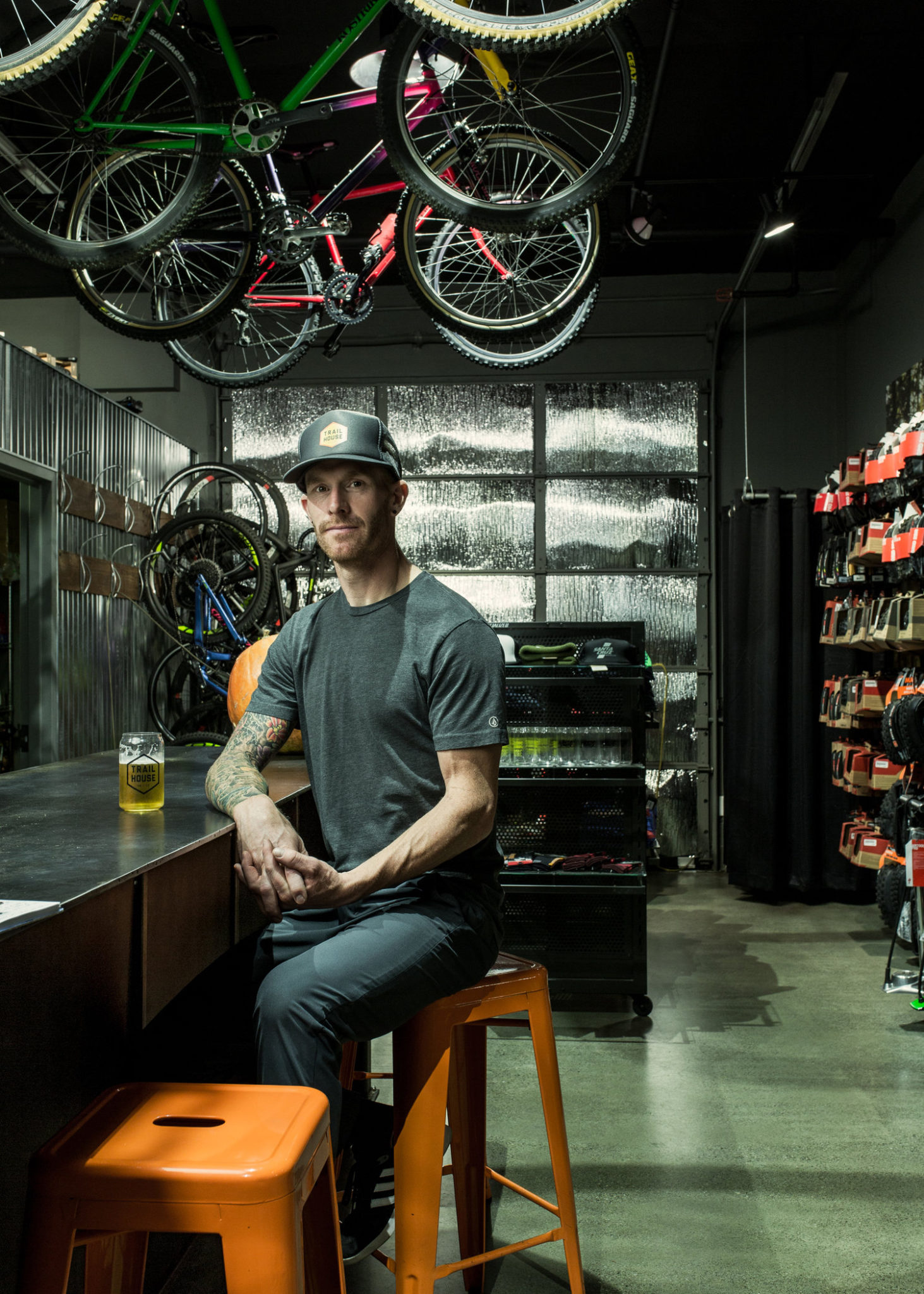
Good News
Sonoma County is home to the nation’s youngest professional monster truck driver. 12-year-old Cloverdale resident Shane Plato says he’s bummed about the cancellation of the county fair, where he first performed at the age of 5, but is staying busy with schoolwork, friends, and a little Fortnite. “He’s a high-energy kid, always on the go,” says dad Lee Plato. Shane drives Skull Krusher, a custom, half-scale 700 horsepower monster truck with 44-inch wheels, huge shocks, and an impressively aggressive red-and-yellow paint job. Go Shane!
Local Reads
Grab a blanket and a spot under a tree. It’s a good thing if you doze off a bit — it is summer, after all. Follow Jack London’s Billy and Saxon Roberts on their quest to find rural paradise in The Valley of the Moon. Enjoy breezy chick-lit drama in a family winery setting with Laura Dave’s Eight Hundred Grapes. Or learn a little Boontling from the zany Anderson Valley characters in Robert Mailer Anderson’s Boonville.
Meteor Showers
Astronomer George Loyer, cofounder of the Robert Ferguson Observatory, thinks there’s nothing more magical than lying outside on a summer night, gazing at the stars. You can observe the night sky from wherever you are. Looking up, he says,“you’ll start to figure out where you are in the universe, and how the sky changes over time.” If you want to see constellations, avoid the week before and after a full moon, where the moon’s light washes out all but the brightest stars. An astronomy app like Exoplanet can help you get your bearings. “Eventually, you’ll start to recognize constellations, you can point them out to others, and you have a sense of knowing where you are in the universe. That you’re a part of this.”
Loyer says the summer’s best show happens August 12-13, when hundreds of meteors will streak through the sky, leaving colorful trails in their wake. You can print a star map and draw their paths. “You’ll find that they come in all directions,” says Loyer, “but they all end up pointing to one place, in Perseus. That’s why they’re called the Perseids.”
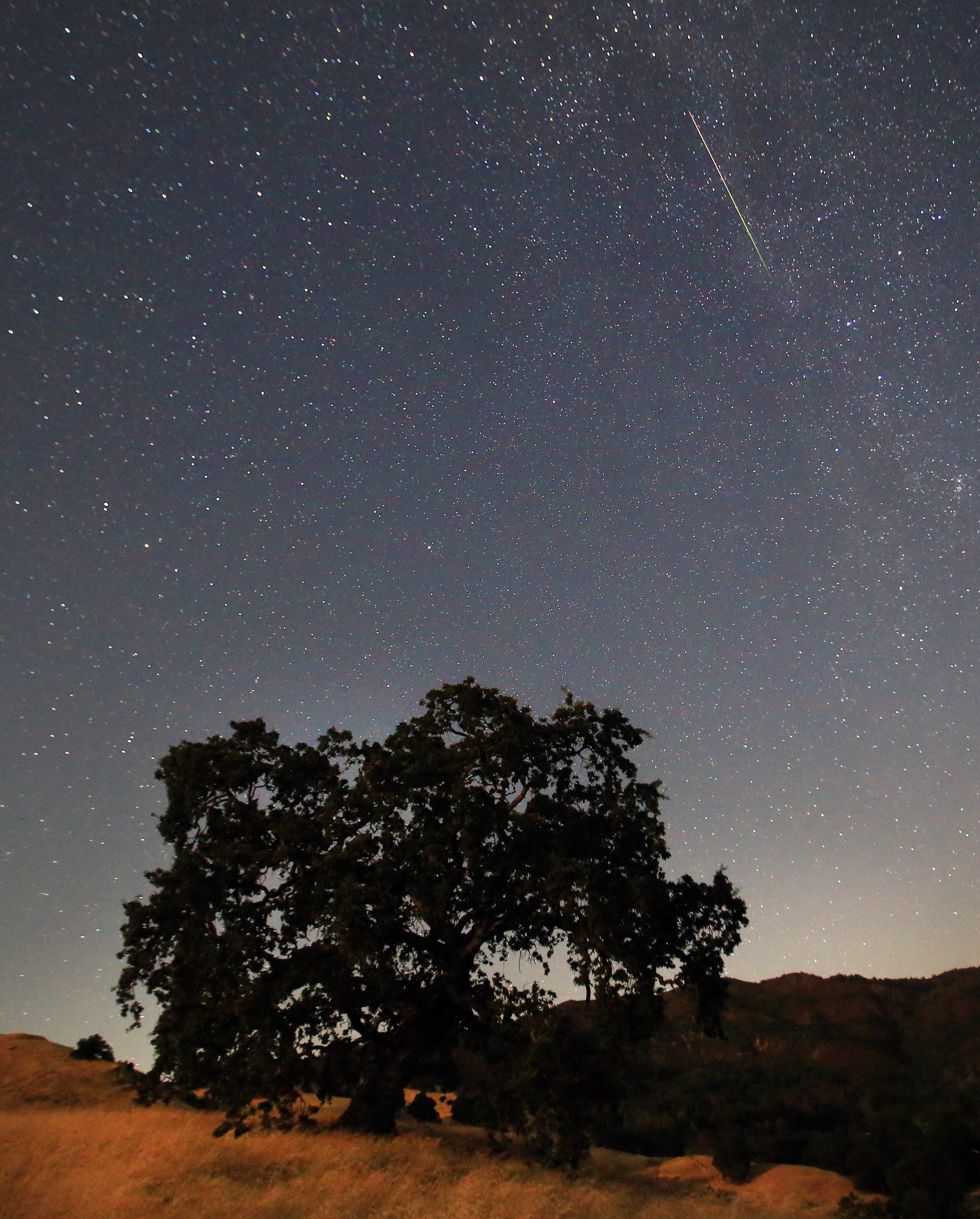
The Coast Opens Up
We’ve been waiting to get back to our favorite sandy shores.
Blind Beach, South of Jenner: Pebbly and uncrowded
Shoolhouse Beach, North of Bodega Bay: Tidepools and anemones
Doran Beach, Bodega Bay: Awesome for dogs and even horses, get there early
Black Point Beach, Sea Ranch: Romance aplenty, climb down the steep wooden staircase.
Salmon Creek Beach, North of Bodega Bay: Popular with surfers but watch out for rip currents
Goat Rock Beach, Jenner: Where harbor seal moms raise their pups
Portuguese Beach, North of Bodega Bay: One of the best sunset spots along the Sonoma coast
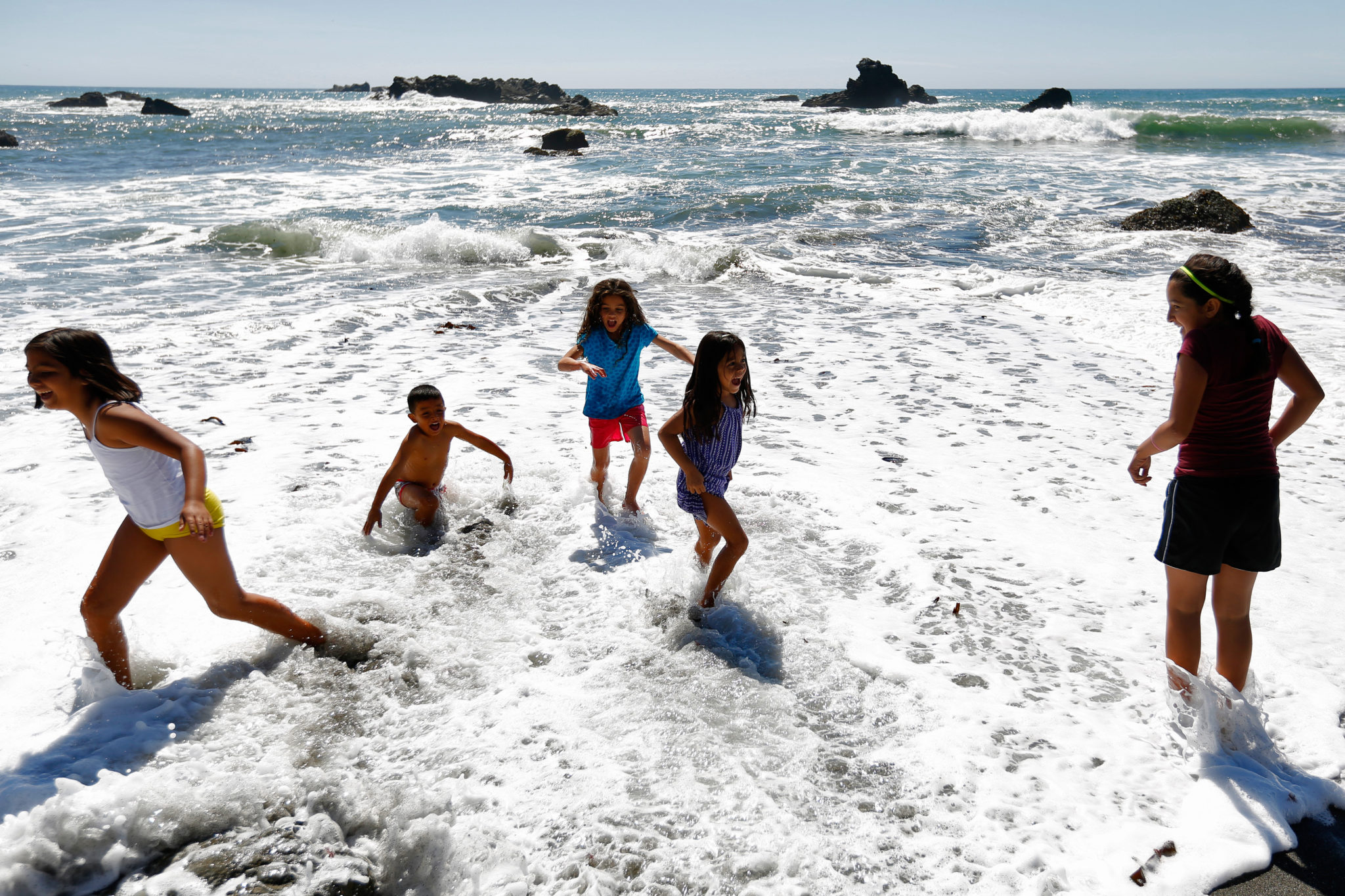


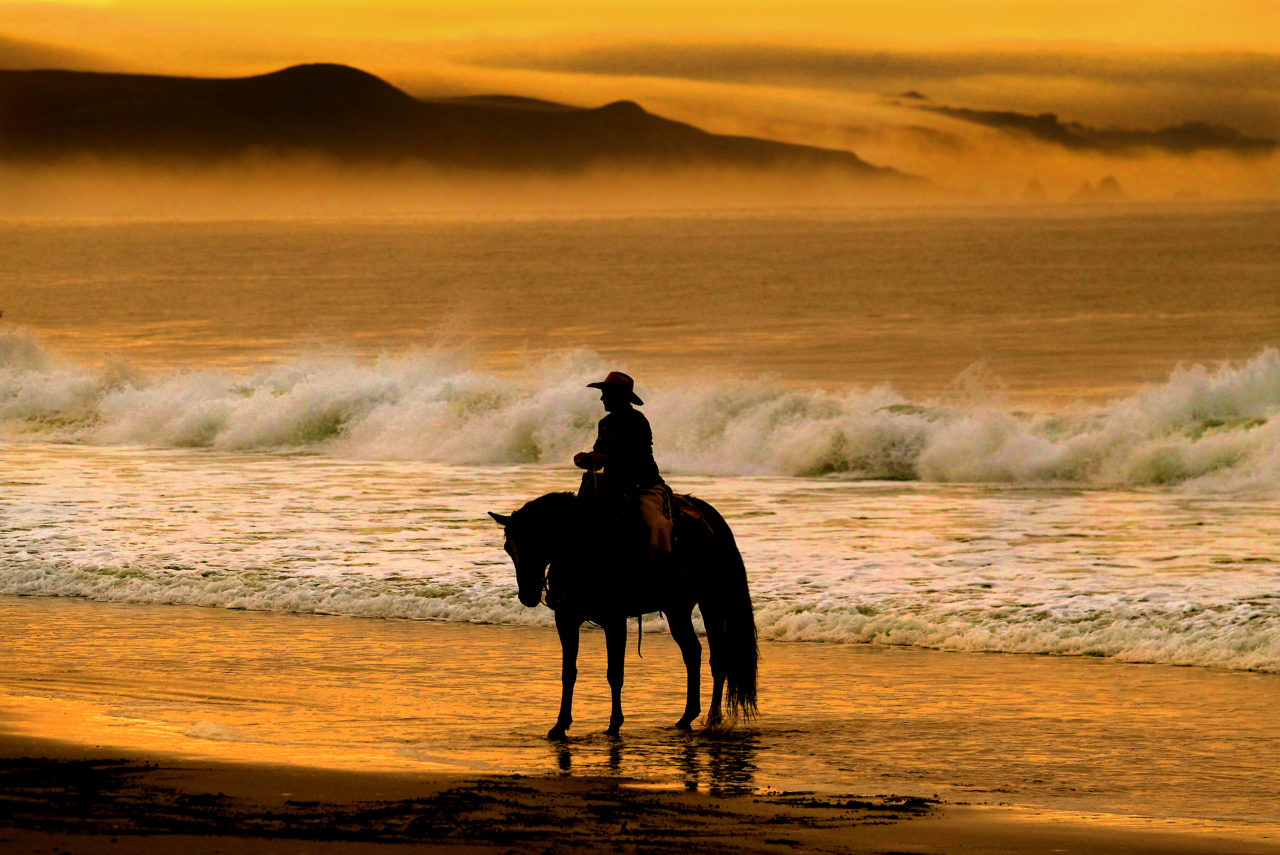
Sour Cocktails
A shrub is a simple blend of good vinegar and ripe fruit, left to macerate over days or weeks for a slow extraction of the fruit’s natural sweetness. It’s easy to make a shrub at home — our own Santa Rosa plums, which arrive in abundance in July, are a great choice.
Santa Rosa Plum Shrub
• 2 ½ to 3 pounds ripe Santa Rosa plums, rinsed and dried
• 4 cups best-quality red wine vinegar, plus more as needed
• Simple syrup, as needed Put the plums into a 2-quart glass jar and use a vegetable masher or wooden pestle to split them open. Pour in the vinegar, leaving about an inch of room at the top of the jar. Set a piece of parchment paper over the jar’s opening and add the lid and ring to hold it in place. Set in the refrigerator or in a cool, dark pantry for at least 7 days or as long as several weeks. The longer the plums steep in the vinegar, the more natural flavors they will release. To finish, strain the contents through a fine sieve or a strainer lined with cheesecloth and discard the fruit. Sweeten the liquid to taste with simple syrup, then refrigerate in a glass jar.
For summer cocktails anytime, try a generous splash or two of plum shrub in sparkling water or in still or sparkling white wine.
The Slushie Queen
Amy Covin has found near-instant success with her Boston-style Italian ices at Amy’s Wicked Slush in Healdsburg and Petaluma.
“For me,’ she says, ‘summer is the time of good times — of dancing on the deck to the music you love and feeling like you’re on vacation.”
Covin has adapted and thrived in the challenge of recent months. “At the beginning of this, I wondered if I was gonna fold before summer. Then I painted a drive-through in the parking lot. The sun came out, and people showed up!”
Her favorite slush flavor varies by the day. “I make a raspberry-lemonade that’s to die for. Black cherry with chocolate ice cream is one of life’s true pleasures. And cotton candy is fantastic. It actually smells like cotton candy; you can almost get that feathery texture from it!” wickedslush.com

Paddleboard Up
Stand-up paddleboarding is an adventure for these times — out on the water, it’s solitary by design and meditative to boot. Lake Sonoma, Spring Lake, and the Russian River are top launch spots, and Guerneville’s Russian River Paddle Boards can get you going with routes and gear. In Petaluma, Clavey Paddlesports is open with a full line of paddleboards.
Gourmet Picnics
We’re a county that loves a good sandwich, with at least two master charcutiers meeting all our picnic needs. Marc-Henri Jean-Baptiste of Maison Porcella produces a fantastic Liberty Farms duck pâté with green peppercorns and sells cured organic Lake County ham in a special brine. maisonporcella.com
And Michelin-starred chef Andrea Marino, originally from Italy, opened Ovello Salumeria in Sonoma to offer over a dozen different cured meats (coppa, prosciutto, lonzino) plus an epic roasted porchetta. ovellosonoma.com
Help Pollinators
Native insect pollinators can have trouble finding food during late summer because many seasonal wildflowers — dandelion, clover, and thistle — don’t suit gardeners’ fancy. Friends of the bees say leave the weeds when you can, and plant late bloomers like crape myrtle and goldenrod.
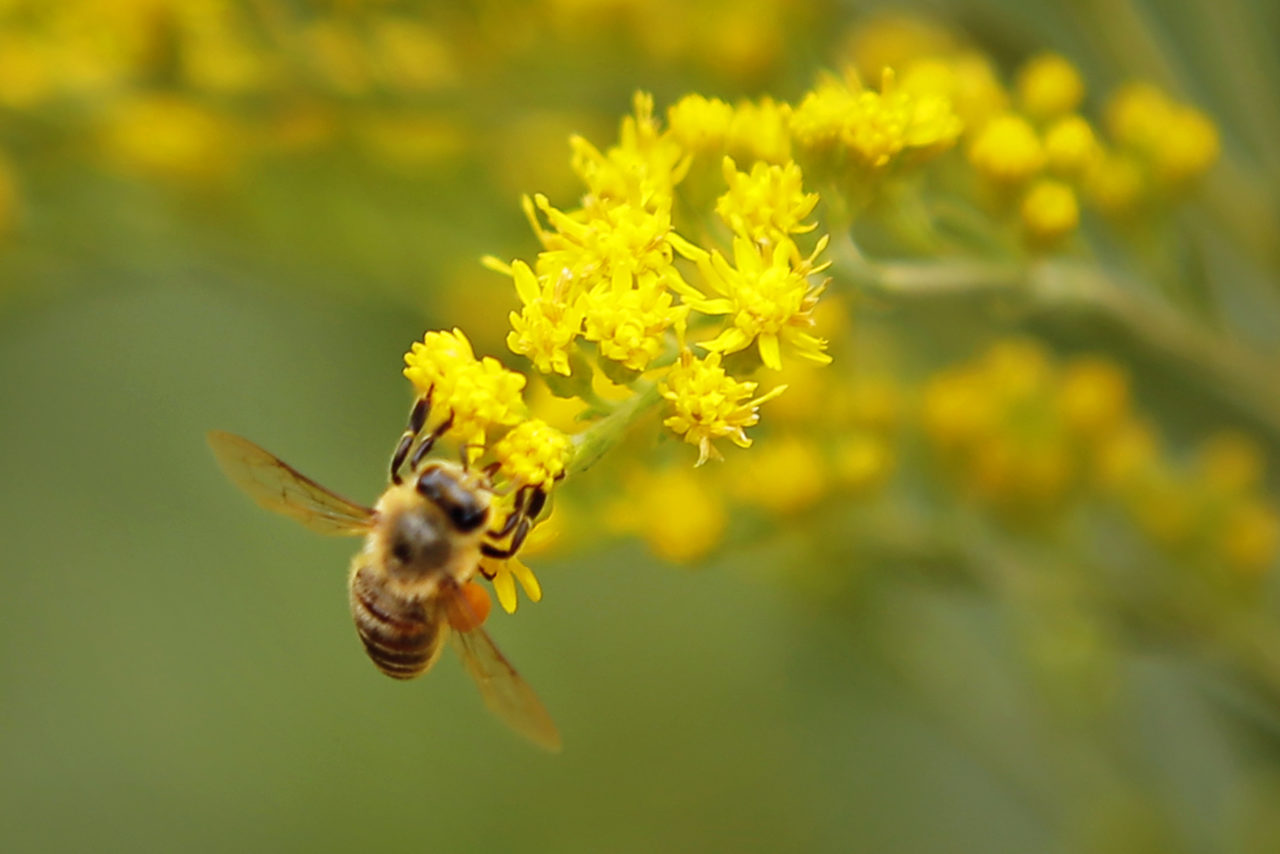
More Good News
The Alexander Valley Film Society has met the moment with a new drive-in movie series, and is partnering with Corazon Healdsburg to offer some films in Spanish. avfilmsociety.org.
Best Hikes in Town
Santa Rosa
The easy 2.3-mile paved path around Spring Lake is an urban gem, connecting with both Howarth Park and Trione-Annadel State Park.
Cloverdale
The paved, 1-mile trail at Cloverdale River Park winds through a riparian forest along the Russian River and connects to city trails near downtown.
Kenwood
Up in Sugarloaf Ridge State Park, the Canyon-Pony Gate Loop is a moderately challenging 2-mile unpaved path shaded by oaks and redwoods.
Guerneville
Get lost, and find yourself, along the trails at Armstrong Redwoods State Natural Reserve. Adjacent Austin Creek State Recreation Area offers more wild adventure.
Jenner
The 4-mile Kortum Trail at Sonoma Coast State Park skirts the blufftop between Wright’s Beach and Blind Beach for stunning views of the Pacific Ocean.
Glen Ellen
Take a steady climb up the 3.8-mile North Sonoma Mountain Ridge Trail for 180-degree views of Sonoma Valley and the Santa Rosa Plain.
Petaluma
Step back to a time when grazing lands were the dominant feature of the North Bay landscape on the 8-mile round-trip West Ridge Trail at Tolay Lake Regional Park.
Sonoma
The paved 1.3-mile Valley of the Moon Trail at Sonoma Valley Regional Park offers plenty of shade, plus it’s wide enough to keep your distance from other visitors.
Windsor
Take Riverfront Regional Park’s 2-mile Lake Trail for an easy lakeside jaunt along a forested path.
Sebastopol
Find calm in the beauty of the pristine watershed on the 2.4-mile Laguna de Santa Rosa Trail.
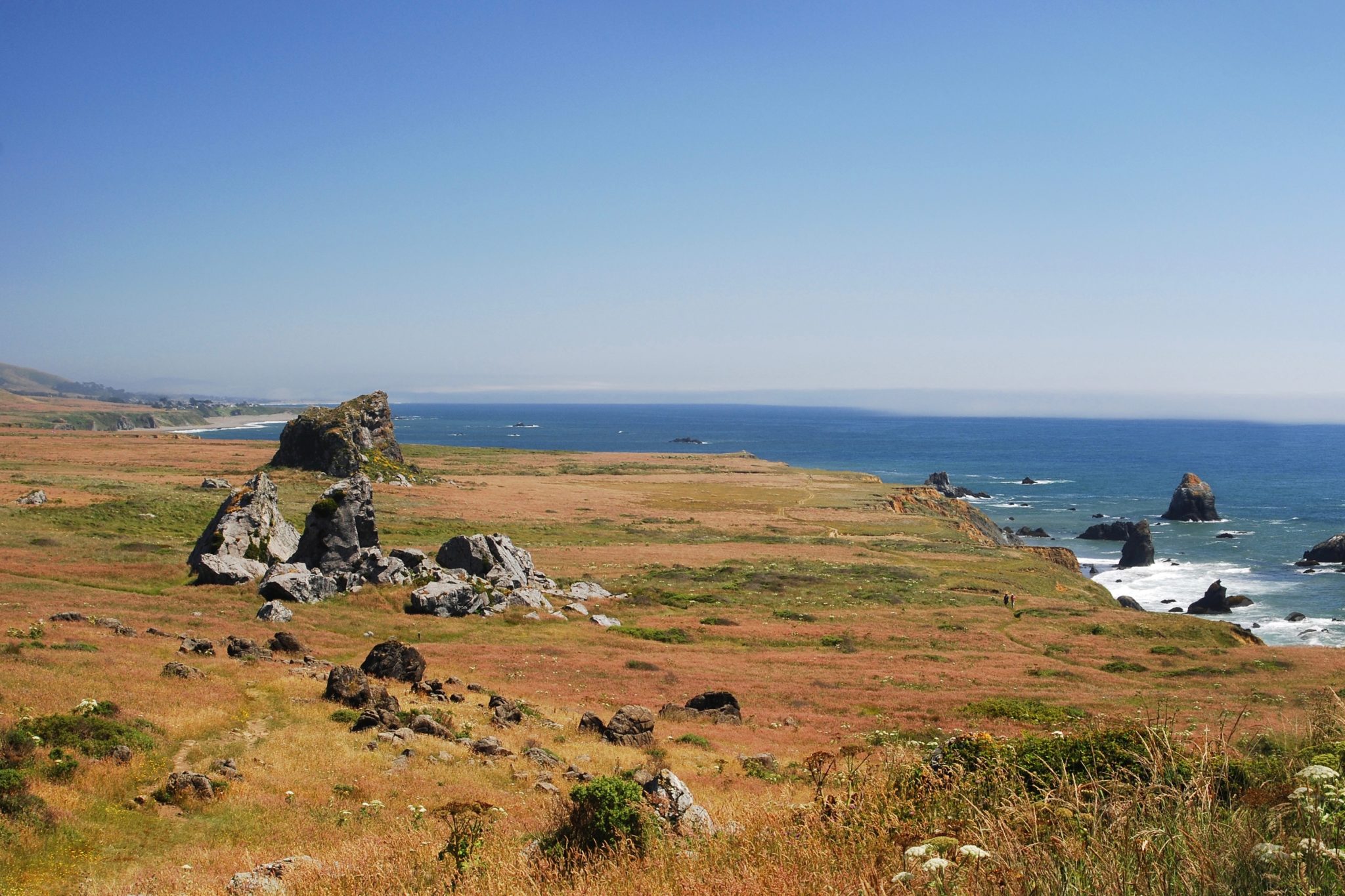

Bows and Arrows
If you’ve tried your hand at archery and been disappointed with the results, it’s probably because you lacked the right equipment and training, says Adrienne Olufs, who runs Petaluma’s West Coast Archery Shop with husband Hans. “The right way to do it is to have a mentor or person who knows what they are talking about, so you can be safe and do it the right way.” The store partners with Sonoma County Bowmen on the public archery range at Lake Sonoma. westcoastarcheryshop.com
Late-Season Veggies
Yes, you can plant, even in July and August. Keep the bounty coming in fall with varieties that will take off now: bush beans, carrots, beets, green onions, lettuce, even peas (Wando is bred to be heat tolerant). New seedlings or delicate lettuces will need extra water and maybe a temporary shade cloth when the heat really spikes, but it’ll be worth it.
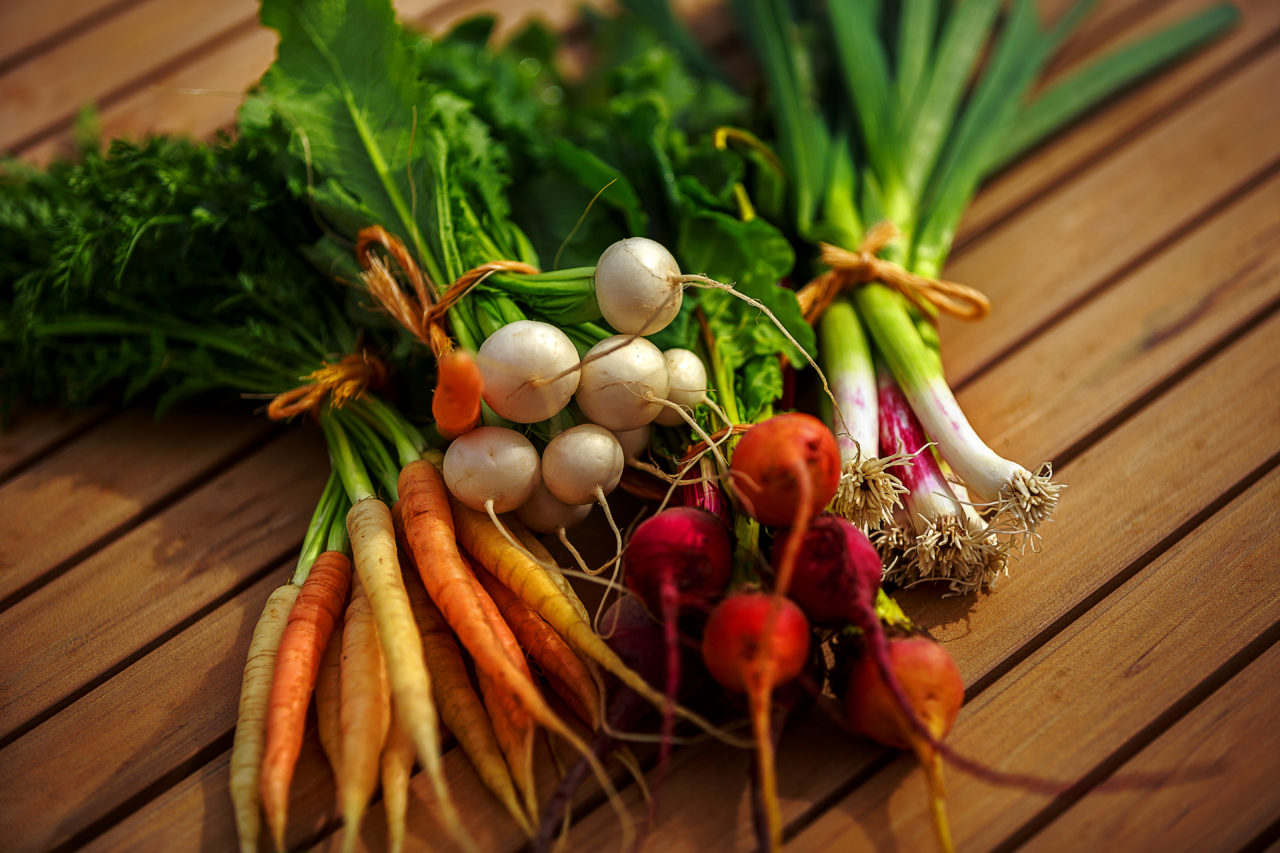
Up Your BBQ Game
Sure, your father’s charcoal briquettes are fine for summer grilling. But to truly up your barbecue game, you’re gonna have to branch out, so to speak. Wood chips — or even better, chunks — impart flavors you just can’t get from charcoal alone.
Brad Barmore, co-owner of Healdsburg’s KINsmoke and member of the Metallicue BBQ team, prefers using white oak or cherry for grilling brisket or pork. For chicken, pork, lamb, or fish, he recommends trying cherry, apple, or other fruitwood.
Harvest your own if you can or find chips in the grilling section at home improvement stores. Make sure the wood is seasoned, Barmore says, and keep air circulating over the flame. Because there is such a thing as too much smoke.
Try spinning your new expertise into a family grill-off. Whose ribs melt off the bone? Whose chops have the right char? Barmore says professional judges typically score on taste, appearance, and texture. Or, make it easy with a people’s choice award.
The Constant Gardener
For competition gardener and landscaper Daniel Gibbs, the county fair is a chance to create a head-turning botanical display. A past favorite: Fossil Falls, for which he created a manmade 12-foot waterfall inside the Hall of Flowers, surrounded by real fossils he borrowed from the Petrified Forest in Calistoga.
“We had two dinosaurs — the fair gave us a really big one, and one of my customers loaned me his velociraptor. That was outrageous.”
The virus has changed his summer plans in a big way. “ We’ve been allowed to continue on the fire rebuilds we’re working on, but we had to pull off our other projects.” With fairs on hiatus, Gibbs is expanding his plant nursery, building a botanical garden — and fitting in some fishing on Lake Sonoma.

The Bird of Summer
Let’s make an argument for the red-tailed hawk as Sonoma’s bird of summer. Its familiar arching presence circles over our vineyards and open spaces, signaling balance in nature as it keeps a check on problematic rodents. Know it by its broad 4-foot wingspan, pale belly, ruddy tail feathers, and loud, drawn-out call of “kee-eee-arr.”
Your Own Mint Tea
In our favorable climate, mint has an annoying tendency to take over the garden. But before you hack it back, harvest a few extra bundles, and hang in a cool place. When they’re fully dry, crumble the leaves into a glass jar or make packets to give to friends: a nod to summer any time of year.
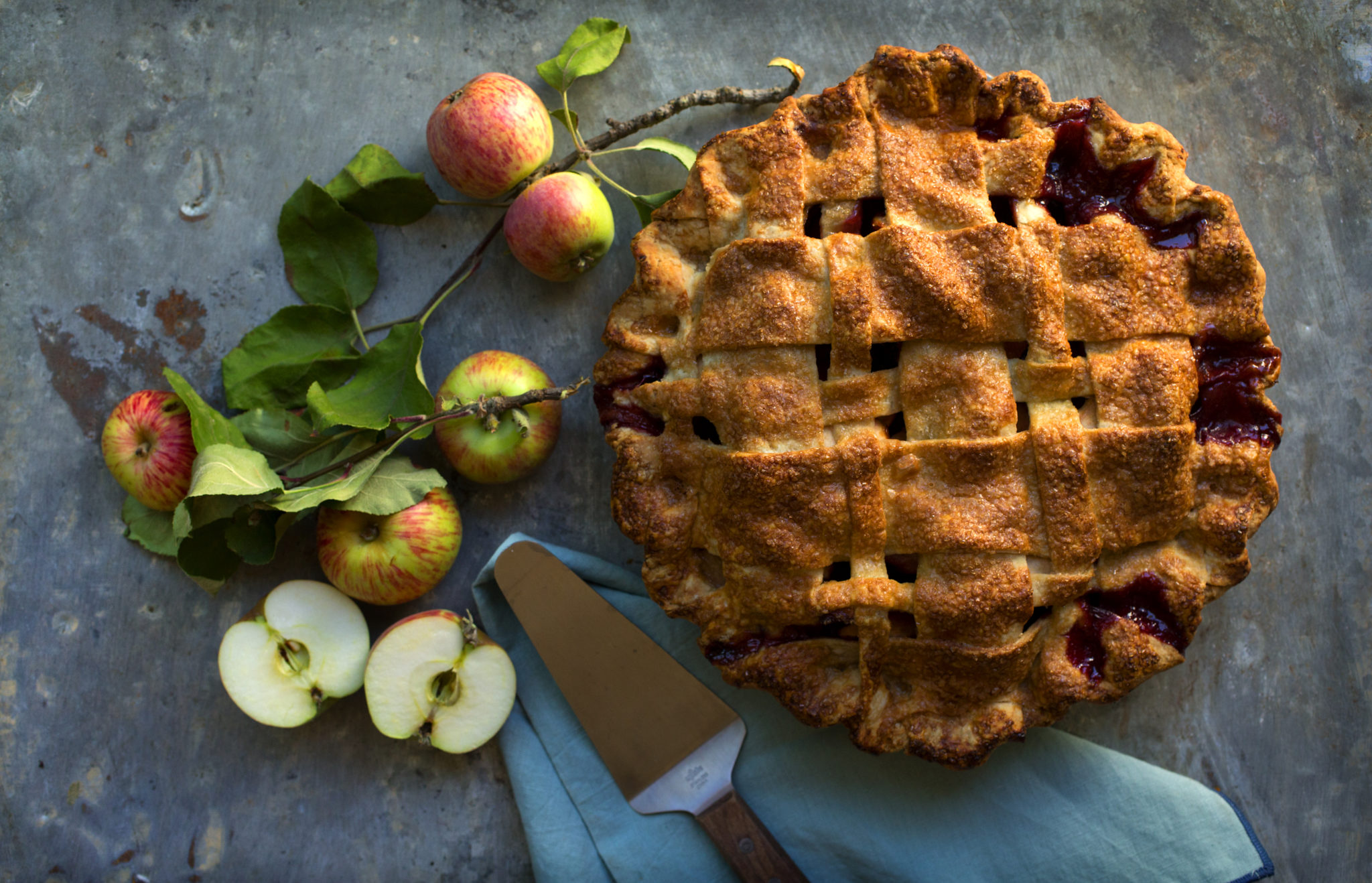
Pie Society
Five years ago, Michele Wimborough of Occidental’s Hazel restaurant inaugurated Friday Pie-day; she’s baked pie weekly ever since, and her apple pie won first prize at last year’s Gravenstein Apple Fair.
To nail the texture of a winning pie crust, Wimborough recommends mixing with a light hand (“as soon as it comes together, that’s enough”); refrigerating the dough before rolling it out; and, once the crust is the pan, freezing it for about 30 minutes to ensure the crust won’t melt in the oven.
The chef gravitates to Gravensteins and other crisp, tart apples for fillings because they hold up well to baking. And to achieve that coveted golden-brown hue? “If I’m doing double crust” she says, “I’ll do an egg wash on it, and top it with sanding sugar to give it that golden, sparkly look.”

Bliss in a Hammock
Settle in for a relaxing snooze, even if you don’t have trees in exactly the right spots. Hammock chairs can hang from a rope looped around a sturdy porch beam or tree branch, or with a few feet of space, you can string a full-size hammock from 4×4 posts. We love the colorful, sustainable South American designs at Worldly Goods in Duncan’s Mills.’
